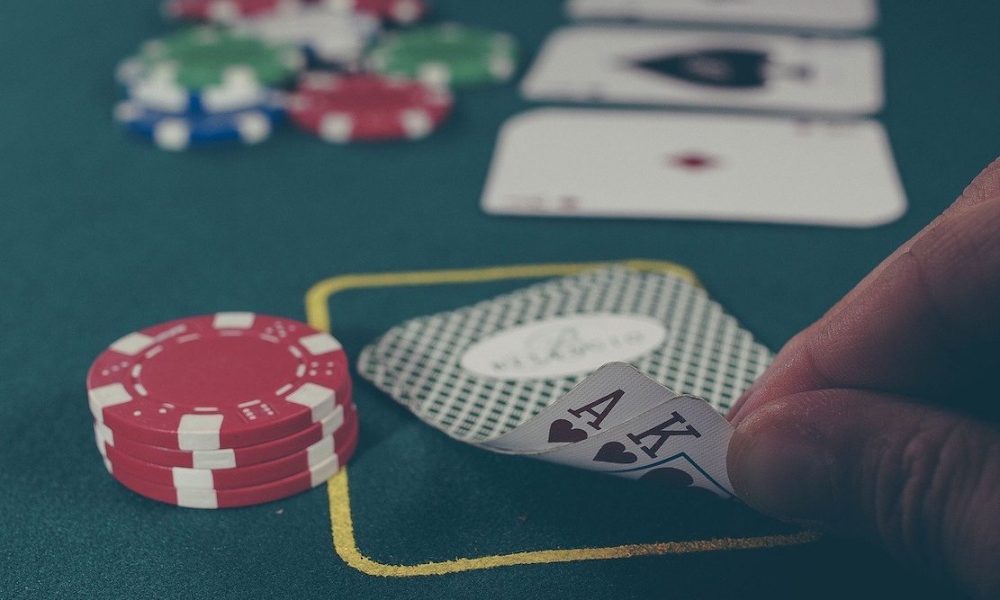Behind every slot game lies a sophisticated mathematical framework determining when and how much players win. Understanding these mathematical principles helps demystify how slots work. Players searching slot server thailand super gacor to find resources that break down the mathematical foundations of various slot algorithms.
RTP foundation
Return-to-Player percentage represents the cornerstone of slot mathematics, indicating how much money a game returns over millions of spins:
- Low RTP (88-92%) – Typically found in land-based casinos
- Standard RTP (94-96%) – Common for most online slots
- High RTP (97-99%) – Premium online offerings with minimal house edge
This mathematical constant determines the long-term expected return but reveals nothing about short-term performance. The RTP percentage represents a distribution target achieved across the entire player base rather than for any individual session. Most players misunderstand how RTP mathematically distributes across game elements:
- 60-70% comes from base game wins
- 20-30% derives from bonus features and unique modes
- 0-15% may come from progressive elements
This distribution explains why games with elaborate bonus features often feel “tight” during regular play, they’re mathematically designed to reserve a significant portion of returns for feature rounds.
Volatility as the mathematical risk profile
Volatility represents the mathematical risk distribution profile that determines how RTP is allocated across win sizes:
Low volatility mathematics
- Many small-to-medium wins (1-5x bet)
- Win frequency approximately every 3-4 spins
- Mathematical standard deviation between 4-6
- Steady, predictable performance with minimal bankroll swings
Medium volatility mathematics
- Balanced distribution between minor and more significant wins (5-15x bet)
- Win frequency approximately every 5-7 spins
- Mathematical standard deviation between 7-10
- Moderate bankroll fluctuations with occasional significant wins
High volatility mathematics
- Few significant wins (potential for 15-50x+ bet) with many non-winning spins
- Win frequency approximately every 8-12+ spins
- Mathematical standard deviation of 11+
- Dramatic bankroll swings with extended losing sequences possible
The volatility coefficient directly determines how the game’s mathematical RTP is distributed, creating the “personality” of the slot regardless of its visual theme.
Hit frequency and distribution models
Hit frequency defines the mathematical probability of any winning combination appearing on a spin:
- Low hit frequency (15-20%) – Common in high-volatility games
- Medium hit frequency (25-35%) – Typical for balanced games
- High hit frequency (40%+) – Found in low-volatility, frequent-win games
This mathematical parameter works alongside distribution models that allocate wins across different value tiers. The allocation follows specific mathematical curves:
- Flat distribution – Even allocation across win sizes
- Front-loaded – More small-to-medium wins
- Back-loaded – Fewer but larger wins
- Bell curve – Most wins in the middle-value range
These distribution models determine how the game’s RTP is mathematically parsed across the win spectrum, creating predictable patterns despite the random appearance of individual results.
Cycle mathematics and sample size
Every slot algorithm operates on mathematical cycles that determine how quickly actual results approach the theoretical RTP:
- Short cycles (1,000-10,000 spins) – More predictable short-term performance
- Medium cycles (10,000-100,000 spins) – Moderate variance from expected returns
- Long cycles (100,000+ spins) – Significant short-term variance possible
The cycle length directly impacts how closely a typical playing session will match the advertised RTP. More extended cycle mathematics allows for potential maximum wins while creating more significant short-term variance from theoretical returns. By decoding these mathematical components, you can uncover the exact mathematical framework that governs any slot algorithm.


